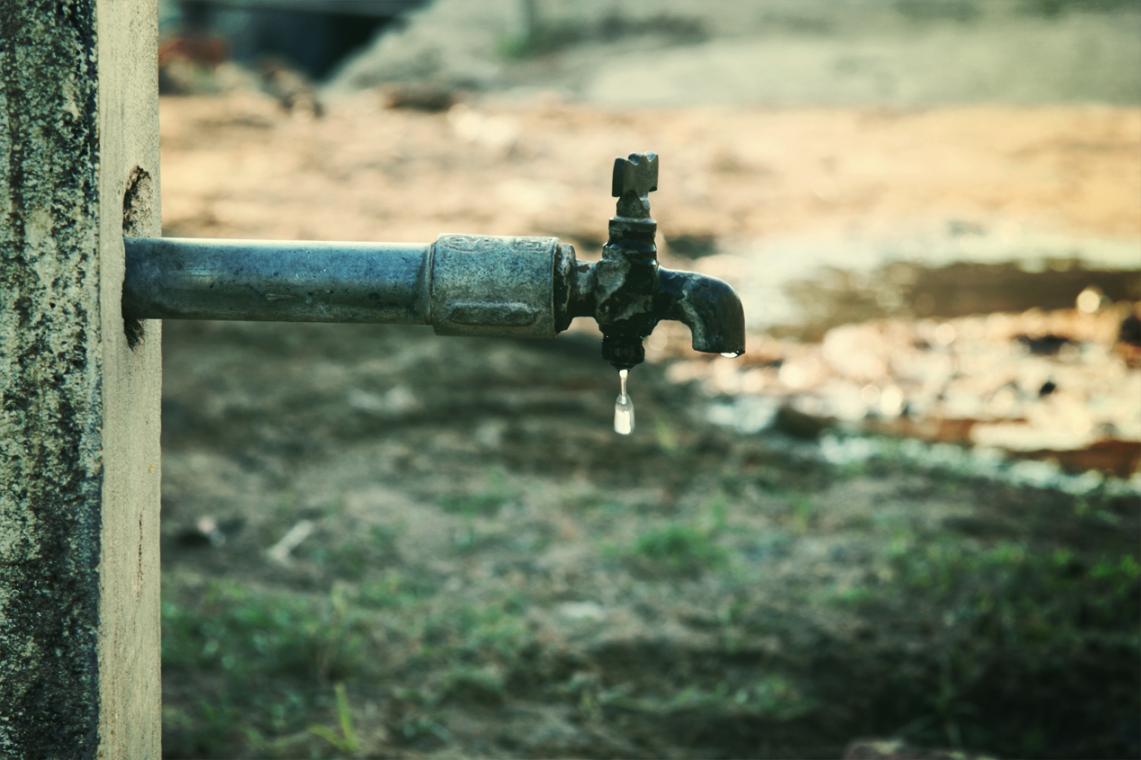Iran will receive about $44.1 million of banking facilities from the Economic Cooperation Organization’s Trade and Development Bank (ECO Bank) to put wastewater treatment plants (WTP) of the cities of Birjand, in the east, and Shahriar, near Tehran, into operation, deputy director of the national water and wastewater management company for planning and development said, as reported by the ministry of energy’s news agency.
Ali Asghar Ghane’ asserted that during the past years, water and wastewater projects have been financed mainly through use of governmental financial resources and due to the constraint on governmental resources most water projects have taken a long time to be completed.
“There is a financial correlation between the real need for investment and the allocated financial resources,” he said. “The government has allocated more than 262 million dollars to semi-finished projects in the water sector, while the real need for investment stands at more than 7 billion dollars,” he insisted.
The large number of semi-finished projects on the one hand, and the urgent need for creating new projects to meet the domestic demand for water on the other hand have convinced the government to finance both the existing and future water and wastewater projects with the help of foreign investment, he continued.
Provinces Benefit From ADB, WB Loans
Ghane’ noted that Iran has already received loans from the Islamic Development Bank (IDB), the World Bank, and the ECO Bank. The World Bank allocated $650 million to wastewater projects in Tehran, Ahvaz, Shiraz, Anzali, Sari, and Babol. In the past two years, the IDB allocated a $1.07 billion loan for water projects in the Iranian provinces of Tehran, Hamedan, Mashhad, Kashan, Fars, and also for projects being implemented in rural areas, Ghane’ added.
He concluded that utilizing external financial resources to accomplish semi-finished projects of water sector would lead to development of capital markets, efficient planning, tracking, and focus on technical and financial issues as well as employment.
The government is investigating the possibility of importing water as well as utilizing trans-boundary basins, however, its priority is with managing the internal water resources, the deputy of energy minister, Sattar Mahmoudi told Mehr news agency on Tuesday.
“It is essential to take advantage of internal water resources since it would build buffers for the country’s independency,” Mahmoudi said. “In general, most countries make investments in managing their internal water resources,” he added.
The official underlined that countries with scare internal water resources are obliged to rely on importing water, while this policy cannot come to effect in Iran, regarding the nationwide precipitation rates.
Addressing Water Crisis
In 2012, Iran started negotiating with some neighboring countries to import water into several of its provinces which face water shortage, including North Khorasan, South Khorasan, Khorasan Razavi, Yazd, Kerman, Semnan, Tehran and Qom. The country is considering import of water from Tajikistan, which is regarded as a good source of water for Iran.
Iran, located in an arid zone, is facing a water crisis. The country has repeatedly faced drought over the past 40 years. Iran experiences daily increase of water consumption among its 75-million population. It has experienced severe drought conditions in recent years, especially in the south where violent sandstorms engulf cities during summer.
Climate change along with a century of rampant development and heavy subsidies for water and other utilities are all contributing to a situation that is likely to get much worse, experts warn. A large number of villages and cities complain about shortages and rely on water tankers for supplies.
The Rouhani administration seeks a long-term strategy to reverse the damage done to groundwater supplies in recent decades. It also aims to improve irrigation systems and curb the desertification and deforestation that have grown at an alarming pace.
After taking office last year, Rouhani outlined his proposal for a national water conservation plan, aimed at reorganizing water resources and re-evaluating water projects. Encouragingly, he stated that to begin addressing water shortages: domestic water use needs to be reduced; the agricultural sector must be made more water-efficient; groundwater must be protected; and the drilling of wells should be regulated.
Given the heightened tensions over water insecurity, there might be little or no progress on water conservation in the short run. Strong governance will be required if rationing and increased industry efficiency are to succeed.
The government has also urged water users in Tehran to be more mindful of their water consumption and has also asked farmers in the country to develop more efficient irrigation techniques.
In addition to the ongoing changes in delivery, Tehran’s water authorities have begun cutting water supplies to persistent heavy users who repeatedly ignored warnings about their consumption.


